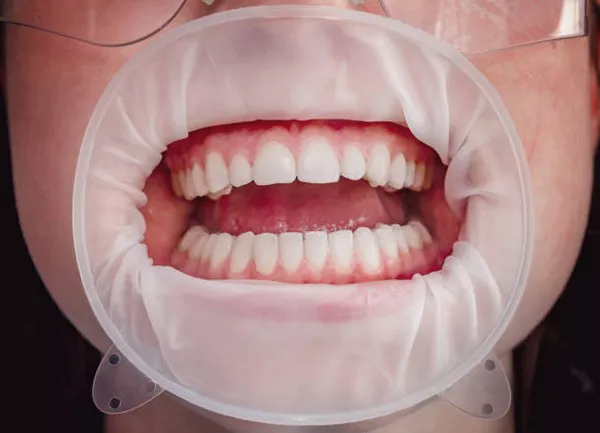Teeth whitening strips are a popular over-the-counter product that can help improve the appearance of stained or discolored teeth. These strips are thin, flexible pieces of plastic coated with a bleaching agent that is designed to adhere to the surfaces of teeth. While they are easy to use and relatively affordable, many people may wonder how effective they are and what exactly they do to whiten teeth. In this article, we will explore the science behind teeth whitening strips and address common questions about their benefits, risks, and limitations.
What Do Teeth Whitening Strips Contain?
The active ingredient in most teeth whitening strips is hydrogen peroxide, a powerful oxidizing agent that breaks down the chemical bonds between stains on teeth and removes them. The concentration of hydrogen peroxide in whitening strips can vary depending on the brand and type, but typically ranges from 6% to 10%. Some strips may also contain carbamide peroxide, which is a slower-acting bleaching agent that releases hydrogen peroxide over time.
How Do Teeth Whitening Strips Work?
Teeth whitening strips work by delivering hydrogen peroxide directly to the tooth‘s enamel and dentin, where most stains are located. Once applied to the teeth, the hydrogen peroxide penetrates the surface and reacts with the chromophores, which are the molecules that give stains their color. This reaction breaks down the stain’s chemical structure, making it less visible and lighter in color. Over time, as the user continues to apply the strips to their teeth, more and more stains are removed, resulting in a brighter, whiter smile.
Are Teeth Whitening Strips Effective?
The effectiveness of teeth whitening strips depends on several factors, including the severity of staining, the frequency of use, and the concentration of hydrogen peroxide in the strips. Studies have shown that most over-the-counter whitening products, including strips, can remove surface stains and improve tooth shade by 1 to 3 shades on average. However, they may not be able to remove deep or intrinsic stains that are located inside the tooth’s structure. In such cases, professional treatments like in-office whitening or veneers may be needed for optimal results.
Moreover, teeth whitening strips may not work as well for people with certain dental conditions or habits, such as gum disease, tooth decay, or smoking, that can affect the tooth’s integrity and color. It is important to consult with a dentist before using any whitening product to ensure that it is safe and appropriate for your oral health.
What Are The Risks And Side Effects Of Teeth Whitening Strips?
Like any dental procedure or product, teeth whitening strips can cause some side effects, although they are generally mild and temporary. The most common side effect of whitening strips is tooth sensitivity, which may occur during or after use and can range from mild discomfort to sharp pain. This is because the hydrogen peroxide can penetrate the enamel and irritate the nerves of the teeth. To reduce sensitivity, it is recommended to use whitening strips less frequently or for shorter durations, or to switch to a lower concentration formula.
Other potential side effects of teeth whitening strips include gum irritation or discoloration, especially if the strip is not positioned correctly or left on too long. Some users may also experience uneven results, where some teeth appear whiter than others, or blotchiness due to inconsistent application or absorption. These issues can usually be resolved by adjusting the technique or frequency of use, but in rare cases, may require professional intervention.
Conclusion:
Teeth whitening strips can be an effective and convenient way to enhance the appearance of teeth by removing surface stains and improving their shade. They contain hydrogen peroxide, which breaks down the chemical bonds between stains and lightens their color. While they are generally safe and easy to use, they may cause side effects such as tooth sensitivity or gum irritation. Moreover, teeth whitening strips may not be suitable for everyone, especially those with pre-existing dental issues or intrinsic stains that require more intensive treatments. To get the most out of teeth whitening strips, it is important to follow the instructions carefully, consult with a dentist if needed, and maintain good oral hygiene habits.
Related Topics:































